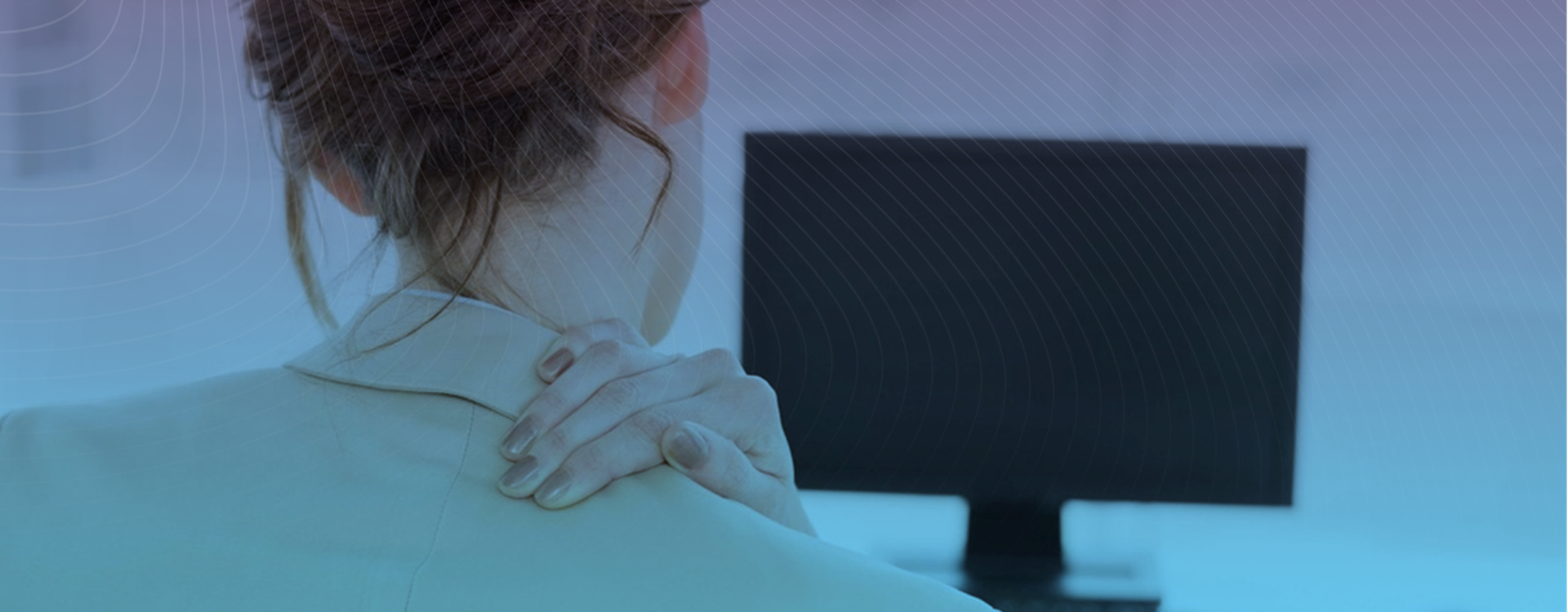
A workstation assessment is all about making your workspace work for you.
At Edge Osteopathy, we often see office workers with neck, shoulder, upperback, or lowerback pain. In many cases, these problems are made worse, or even caused, by poor sustained postures from an unsuitable workstation setup.
That’s where our on-site ergonomic and workstation assessments come in. Drawing on our expertise as Osteopaths, we don’t just look at the desk and chair, we consider your whole musculoskeletal system and how it interacts with your workspace. Our goal is to reduce discomfort, prevent injuries, and help you feel more comfortable and supported throughout your working day.
We assess:
Your posture while working
Desk, chair, and monitor height
Position of your keyboard, mouse, and phone
Any other factors affecting your comfort and movement
We’ll suggest adjustments that suit your individual needs and can make a real difference to how you feel at work. Before each assessment, you or your employee will complete a short questionnaire about medical history so we can customise the workstation setup accordingly.
After your assessment, you’ll get:
A bespoke report with a tailored workstation checklist
Practical recommendations to improve your setup
Stretching and movement advice
Guidance on further treatment or symptom management (if needed)
If your business or team could benefit from improved workstations and healthier posture or if your company recently moved into a new office, get in touch with us to help your workforce. We’re here to help.
Back to Treatments